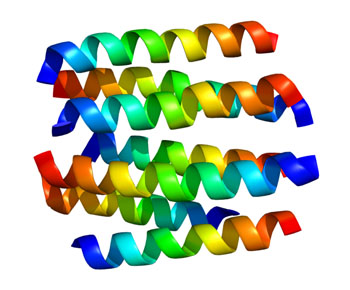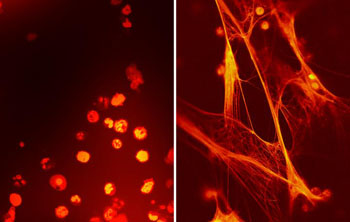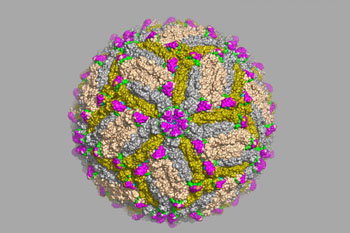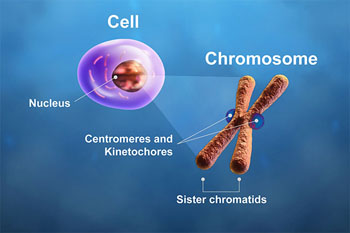BioResearch
Nanofluidic Diffraction Grating Technique for DNA Amplification May Replace PCR
A team of Japanese biophysicists suggests replacing the RT-PCR (real time polymerase chain reaction) technique with a rapid label-free detection method for real-time DNA amplification using a nanofluidic diffraction grating. More...21 Sep 2016

Ginger-Derived Doxorubicin-Loaded Nanovectors as Drug Delivery for Cancer Therapy
A novel type of nanoparticle drug transport system based on lipids isolated from ginger was used to deliver the toxic chemotherapeutic agent doxorubicin (Dox) to colon cancer cells with minimal damage to normal tissues. More...20 Sep 2016

Blocking Activity of Dopamine Receptor Impedes Growth and Spread of Pancreatic Cancer
Cancer researchers have found that a receptor protein that binds natural compounds such as dopamine and extraneous factors such as antipsychotic drugs to brain cells could inhibit the growth of pancreatic cancer and prevent it from metastasizing. More...20 Sep 2016



Regions of Unstable Non-Coding DNA Pose Potential Health Risk
Genomics researchers have found that variation within the highly repetitive, non-coding DNA of human centromere satellite DNA regions has a pronounced impact on genome stability and basic chromosomal function that have ramifications regarding the health of the individual. More...15 Sep 2016

Overexpression of Genes May Predict Positive Response to Treatment
Overexpression of centromere (CEN) and kinetochore (KT) gene activity was linked to poor prognosis in several types of cancer, and a genetic signature based on 14 of these genes was shown to have potential for predicting both outcome of the disease and tumor response to chemotherapeutic and radiation treatments. More...14 Sep 2016
In Other News
Rapid Immunopurification Technique Enables Accurate Determination of Mitochondrial Metabolites
Modified Version of CRISPR/Cas9 Identifies Parasite Infectivity Genes
Human Liver Organoids Thrive When Transplanted into Mouse Liver Failure Model
Gene Editing Distinguishes Driver and Passenger Cancer Mutations
Novel Human Monoclonal Antibody Shows Promise for Treating Alzheimer's Disease
High-Resolution Analysis of Leishmanial Ribosome Provides Clues for Drug Design
Researchers Suggest Neurodegenerative Diseases May Spread through Nanotubes
Bile Enables Norovirus to Grow in Laboratory Cell Cultures
Novel Culture Method May Pave the Way for Regeneration of Damaged Kidneys
Pro-Resolving Lipid Mediators Are Critical in Modulating T-Cell Responses
Salmonella-Based Nanoparticles Suppress Growth of Multidrug Resistant Tumors
CD1a on Langerhans Cells Controls Some Types of Skin Inflammation
Neuregulin-1 Identified As Potential Alzheimer's Disease Treatment
Malignant Melanoma Releases MicroRNAs to Condition the Dermis Prior to Metastasis
Novel Monkey Model to Enable Study of Dormant Herpes Infections
Single Molecule Imaging Reveals How Telomerase Finds and Binds to the Telomere
Release of ApoE4 Fragments and Increased Tau Protein Contribute to Risk of Alzheimer's Disease
Researchers Identify Cell Surface Protein Required for Norovirus Infection
Kinase Domain Mutation Causes Protein Malfunction and Tumor Development
Unrelated Single-Stranded DNA Increases Efficiency of CRISPR-Cas 9 Gene Editing
Gene Editing Corrects Hemoglobin Defects in Beta-Thalassemia and Sickle Cell Disease
Long Non-Coding RNAs Linked to Development and Progression of Prostate Cancer

NADPH Oxidase Inhibitor Treatment Protects Mice from Being Killed by Pneumonia
BioResearch brings the latest research news on the genome, proteome, metabolome, on drug discovery, and therapeutics. Biotech researchers, lab administrators, technologists, drug manufacturers, and suppliers can find the latest research news and information related to their fields of endeavor here.








 (3) (1).png)

